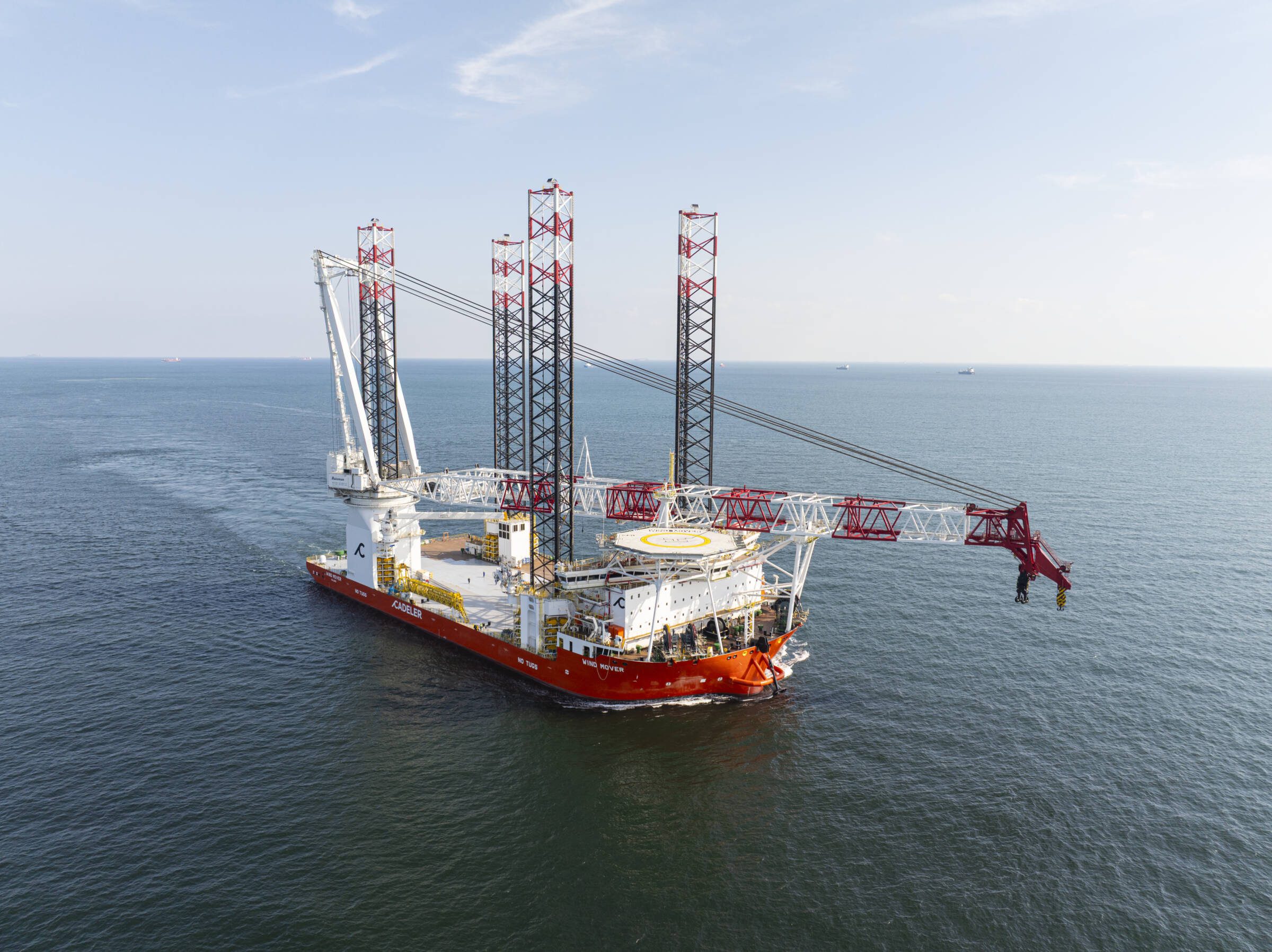By Kevin Crowley (Bloomberg) —
The crown jewel of Chevron Corp.’s $53 billion acquisition of Hess Corp. is a piece of larger rival Exxon Mobil Corp.’s prized asset.
Chevron is gaining a 30% stake in Guyana’s Stabroek Block — the world’s largest crude discovery of the past decade and one of its most profitable — helping to narrow the gap with its larger US rival. Exxon owns 45% of Stabroek, made the first discovery there in 2015 and operates the project, which could triple production to 1 million barrels a day by the end of the decade. China’s CNOOC Ltd. owns the remainder.
While supermajors often own stakes in each others’ projects, Chevron’s megadeal puts the two US oil giants firmly in control of two of the fastest-growing production zones outside of OPEC: Guyana and the Permian. Earlier this month, Exxon agreed to buy Pioneer Natural Resources Co. for $60 billion to overtake Chevron by becoming the top producer in the Permian, America’s biggest oil field.
“Guyana is the biggest discovery in more than a decade in this industry,” Chevron Chief Executive Officer Michael Wirth said in an interview with Bloomberg Television. “It just a unique and compelling asset, and it would be difficult for us to do on our own.”
For decades, Guyana lived in the shadow of its larger neighbor Venezuela in terms of oil production and influence. Dozens of wells drilled in its shallow waters came up dry, and territorial disputes between the two countries hindered exploration activity. Just before its license was due to expire, Exxon decided to drill the first exploration well in Guyana’s deep water in 2015, but its 50-50 joint venture partner Shell Plc pulled out.
Exxon’s then-CEO Rex Tillerson called John Hess, who agreed to take a 30% position in the block and put up the money for the Liza 1 well, named after a local fish. It was a monster success, encountering 295 feet (90 meters) of oil-soaked sandstone that Exxon upstream boss Neil Chapman later described as a “fairy tale.” Dozens more discoveries followed, and Exxon now estimates the Stabroek Block has about 11 billion barrels of recoverable reserves.
© 2023 Bloomberg L.P.

 Join The Club
Join The Club










